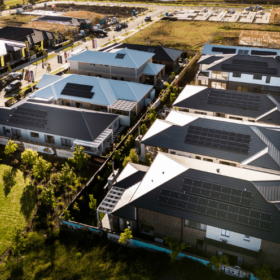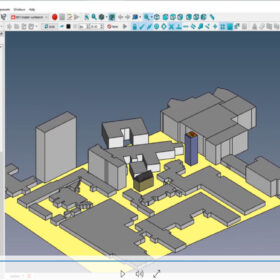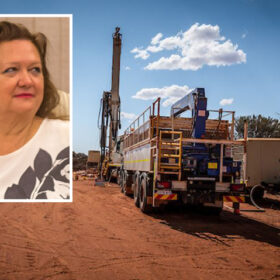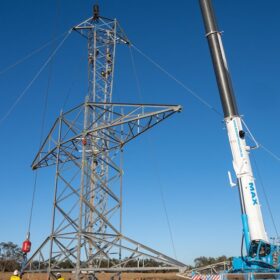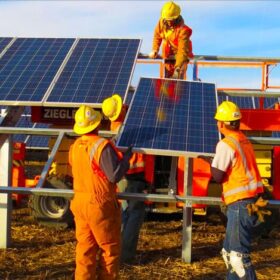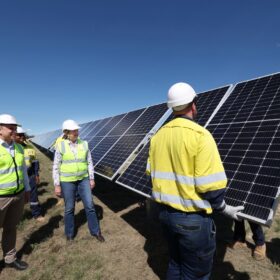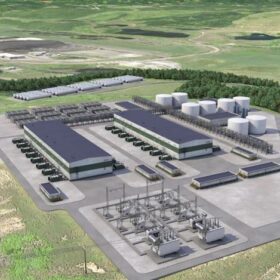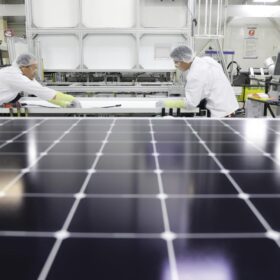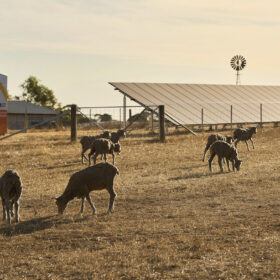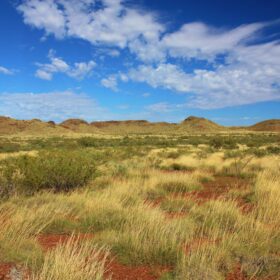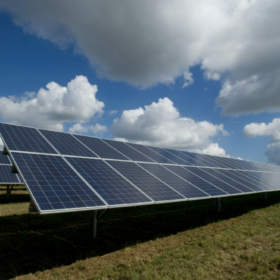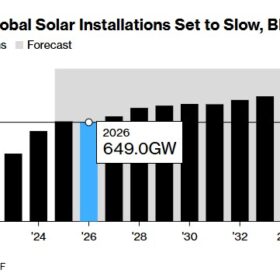Regulator calls for more large-scale renewables as rooftop solar shines
Rooftop solar generation continues to achieve record levels across the National Electricity Market but the Australian Energy Regulator has warned of a “pressing need for new investment” in large-scale renewable energy assets to keep pace with the energy transition.
Industry groups set 2026 target for EU-US hydrogen trade
The US Department of Energy has allocated USD 7 billion ($11 billion) for seven Regional Clean Hydrogen Hubs (H2Hubs) to deploy commercial-scale clean hydrogen, while the Mission Possible Partnership, RMI, Systemiq, Power2X, and industry leaders have set up the Transatlantic Clean Hydrogen Trade Coalition (H2TC) to ship US clean hydrogen to Europe by 2026.
RMIT software tool unlocks BIPV design
RMIT University in Australia has developed new software that integrates product, regulation, technical, economic, and construction data. It helps architects and engineers to estimate the cost of building-integrated photovoltaics (BIPV) during the conceptual design phase.
Massive lithium takeover deal collapses following Rinehart intervention
US giant Albemarle Corp. has withdrawn its $6.6 billion takeover bid for Australian lithium developer Liontown Resources after Gina Rinehart, via her company Hancock Prospecting, reportedly spent $1.3 billion raising its stake in Liontown to a commanding 19.9%.
CEFC rolls out first investment under $20 billion Rewiring the Nation fund
The Clean Energy Finance Corporation has made its first investment via the Australian government’s $20 billion (USD 12.67 billion) Rewiring the Nation Fund, committing $100 million to support the build-out of renewable generation, long-duration storage and grid infrastructure in New South Wales.
Global solar industry corporate funding grows 55% year-over-year
Through the first nine months of 2023, $45.56 billion (USD 28.9 billion) of venture capital, public market, and debt financing was injected into solar, says a report from Mercom Capital Group.
CleanCo opens EOI for 3 GW of wind and solar
Queensland state-owned CleanCo has opened an expression of interest process to add 3 GW of wind and solar generation to its portfolio “to support our customers to achieve their sustainability goals, and to advance Queensland’s energy transformation”.
Fortescue in line for US green hydrogen funding
A green hydrogen collective that includes Australia’s Fortescue is set to share in more than $11 billion (USD 7 billion) of United States government funding as the Biden administration seeks to accelerate the commercial-scale production and deployment of low-cost, renewable hydrogen.
Maxeon Solar Technologies to slash 15% of global workforce
Solar panel producer Maxeon Solar Technologies will lay off 750 employees by the end of the year as the company reels from reduced shipments from its largest distributed generation (DG) customer in North America and an ‘industry-wide demand slowdown’ in global DG markets.
Weekend read: Feeding the appetite for low-carbon food
Australia’s vast distances make the supply of electricity via traditional grids expensive and even dangerous. With demand growing for agricultural goods produced with low-carbon emissions, solar and energy storage is being embraced even by skeptical farmers.
